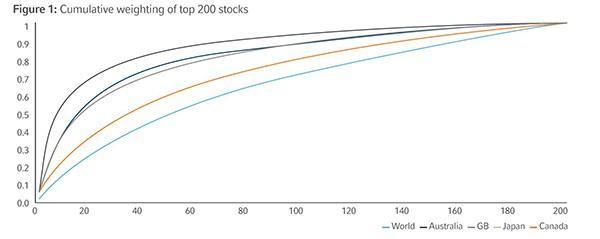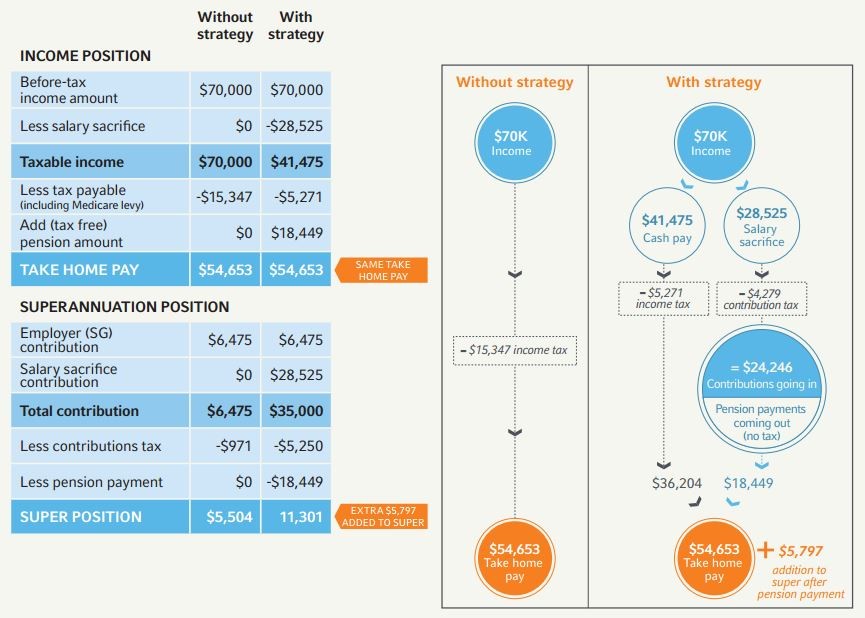120 Minus Your Age In Stocks The New Asset Allocation Rule Of Thumb Amateur Asset Allocator
Post on: 11 Июнь, 2015 No Comment

Theres something comforting in following the crowd. It is often said its better to fail conventionally than succeed unconventionally, which is why humans have always had a tendency to come up with general rules of thumb; guidelines that while not perfect, provide as good a starting point as anyway for solving otherwise difficult problems. Well, some things never change, but the times do, and as modern science has improved the quality of medical care available at reasonable cost to the general population, life expectancies have steadily increased, causing once-hallowed rules-of-thumb regarding proper asset allocation to become out-dated.
The Old Rule Of Thumb
The first asset allocation rule of thumb most people used to be exposed to was that you should invest 100 minus your age in the stock market with the rest going to bonds. That is, if you are 60 years old, you should have approximately 100 60 = 40% of your portfolio in stocks and the rest in bonds or cash equivalents. That was all well and good 50 years ago, but in this day and age, most professional financial advisers would argue 40% is a bit light for a 60 year old, who may have a good 20-30 years left to live. Unless you have huge quantities of money socked away, a 40% stock allocation just isnt going to churn out the returns you need to be reasonably certain you wont run out of money.
The New Rule Of Thumb

In response to lengthening life expectancies, the old rule-of-thumb was modified to be 120 minus your age in stocks. Under this rule, that same 60 year old would now have 60% of his portfolio invested in stocks and an 80 year old a full 40% in stocks. Some might complain thats too aggressive an allocation for an 80 year old, especially in light of the recent market turmoil. But lets take a look at a real-life mutual fund with approximately the same asset allocation as our hypothetical 80 year old and see how it would have turned out. The Vanguard Target Retirement 2005 Fund (VTENX ) invests approximately 40% of its portfolio in stocks, 35% in bonds, and 5% in cash equivalents.
The Vanguard fund performed admirably in 2008, losing only 15.8% of its value. Think thats a big deal for an 80 year old? Maybe, but the fund actually posted a gain of 8.1% in 2007 and is up 4% year-to-date 2009 (as of 5-31-2009). Overall, the fund has posted an average annual compound return of 1.12% per year over the past 3 years. I dont know about you, but I consider a 1% average gain in one of the worst markets since the great depression a resounding success. It may not have kept up with inflation, but it wouldnt have resulted in massive losses like many would assume either. All in all, an 80 year old would have been just slightly worse off having been 40% invested in stocks in over the last few years than avoiding stocks altogether. Keep in mine, however, that in 80% of the 3 year periods out there, this same 80 year old would have come out far ahead in stocks than in bonds or cash. Overall, its a risk well worth taking that has continually paid off in the past and is likely to continue doing so in the future.














